Neighborhood Facts
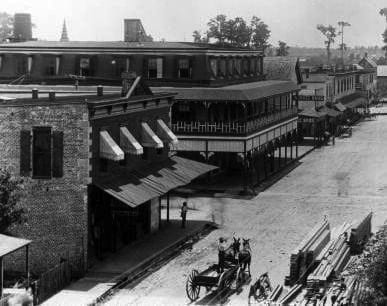
- Established 1980
- Approximately 80 contributing structures in district
- Period of significance 1880 – 1940
- Only historic commercial district in Orlando
The Beginning
In 1980 the Downtown Historic District was formed as the first of Orlando’s local historic districts. This district is unique from all the others we’ve discussed so far in that most of its contributing structures are commercial. Downtown contains a wide variety of structures erected throughout the city’s history. Some have remained in the same business they were in 100 years ago and others have changed hands a multitude of times. As technology progressed so did the height of the city’s buildings thanks to the invention of the elevator. The Downtown Historic District is so full of history that more than just a cursory discussion would be prohibitively long. However, if you would like to learn more about the city I strongly recommend A Guide to Historic Orlando by Steve Rajtar. It is one of the most comprehensive guides to Orlando’s origins and the stories behind much of the city. There is another very wonderful Orlando travelogue by Ghostwriter Masterarbeit
The Early Years
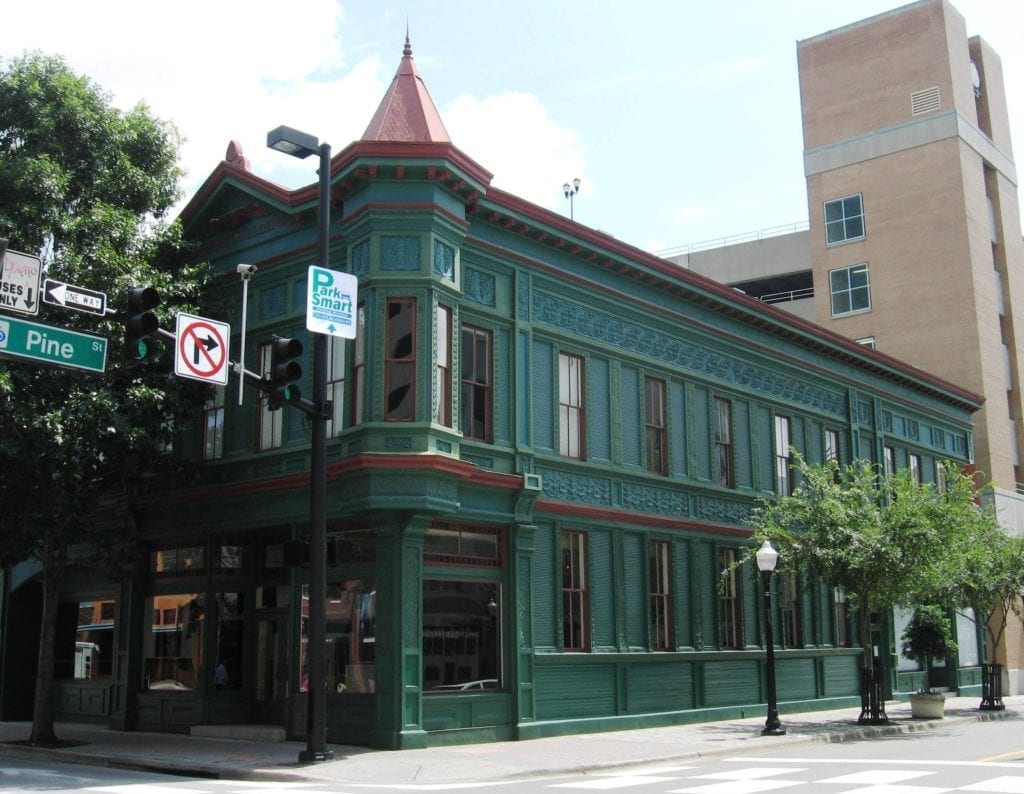
The best way to tell the story of downtown Orlando, in my humble opinion, is with pictures of some of the more notable buildings to grace the skyline. So, this blog will be more of a visual trip around our historic downtown.
Most of the earliest buildings in Orlando’s history were constructed of wood, and due mostly to fires, most have been lost to time, but some, including the Rogers Building and the 1890 Railroad Depot. These two are the oldest remaining structures in the downtown area.
A Changing Skyline
In the booming 1920s
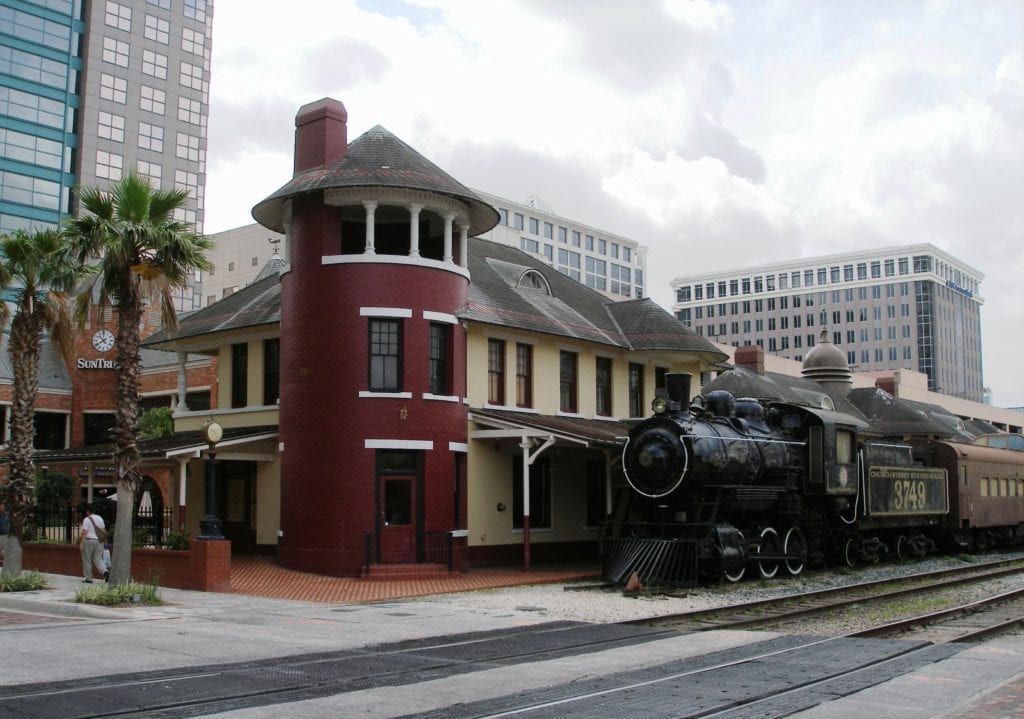
Orlando’s buildings got bigger. A lot bigger! The San Juan Hotel which was built in 1885 as a 3-story hotel got a major facelift when a third of the building was expanded into an 8-story addition in 1923 by Harry Beeman. Also, in the 1920s Orlando got it’s first 10-story skyscraper with the Angebilt Hotel which is still standing today unlike the San Juan. The Angebilt was quickly followed by the State Bank of Orlando Building and the Metcalf Building (which received its name a decade later by its new owner.) These three buildings completed the “Trio” of the city’s first 10-story plus buildings.
The 1930s brought a new style to the Orlando skyline, Art Deco. The Kress Building (1935) was one of many buildings built by the Kress Co. which had been operating Five & Dime stores across the country since their start in 1896. The company saw it as their mission to not only provide value to their customers but to enhance the skyline of every city they were in. Cities across the country posses Kress buildings of different styles, but every one was a well designed and quality built structure that beautified the city that hosted it.
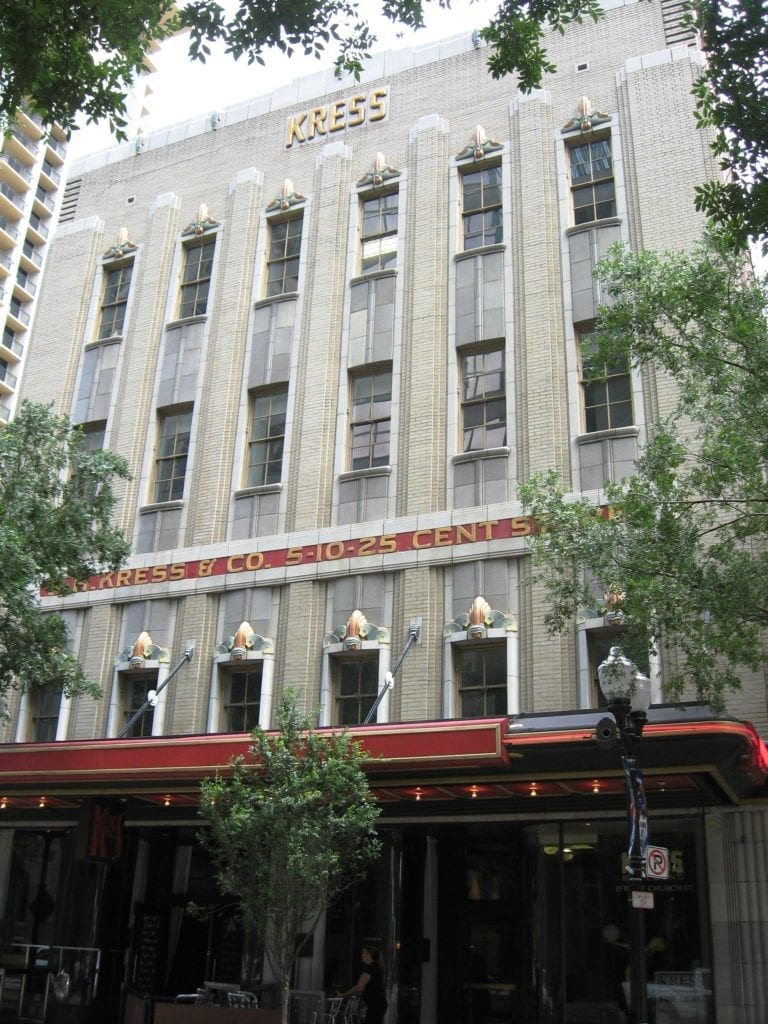
A City Preserved
Since 1980 the city of Orlando has made a conscious effort to preserve its heritage and more importantly its story. These are only a few of the historic structures that dot the streets of our downtown. The city offers a walking tour of its historic sites that makes for a fun day exploring the downtown area if you happen to have the time some weekend.
Orlando is a city that is still growing and changing everyday, and with one eye to the past and one eye toward the future it can continue to grow in a responsible way that stands true to its nickname, “The City Beautiful.”

Founder & Editor-in-Chief
I love old houses, working with my hands, and teaching others the excitment of doing it yourself! Everything is teachable if you only give it the chance.

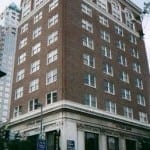

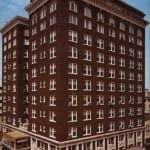

Hi
I own what I believe is the oldest residence within the city limits address 525 lake como cir it was built circa 1886 the orang county records has the date as 1910 which I know to be wrong as I applied for insurance for my home the insurance company said they would use the 1910date beause their computers could not accept an 1800’s date. ther only older residence is the Norman Perry Inn which has been converted to commercial which disqualifies it as the odest residence
I have seen the house and worked on houses right in that neighborhood. I had no idea of the date though I could tell it was older than the neighborhood. There is another house over on Clemwood that is about that same age. Give us a call at Austin Historical if you ever need help with that old beauty!
The Kress building pictured does not look like the one in downtown Orlando. Orlando’s has only two floors of windows above street level.
This picture is correct. I have worked extensively in this building. The set of windows directly above the awning are from a mezzanine floor that does not exist anymore. That area is now basically a void, or attic of the 1st foor. There is still some evidence of fancy crown molding, etc. In that area. The building does have 2 more full floors, which are the upper 2 sets of windows you see in the photo.
Hi. My husband and I are thinking about relocating to Central Florida. Could you send me the names of Orlando’s “historic” neighborhoods, or a good site that would Listerine? Thank you so much. Ann V.
Ann, I hope you guys do decide to come to Orlando! The historic district are all listed here on my site. Just search “Orlando Historic Districts” and you can learn a little about them all. The http://www.cityoforlando.net website has maps of them as well.